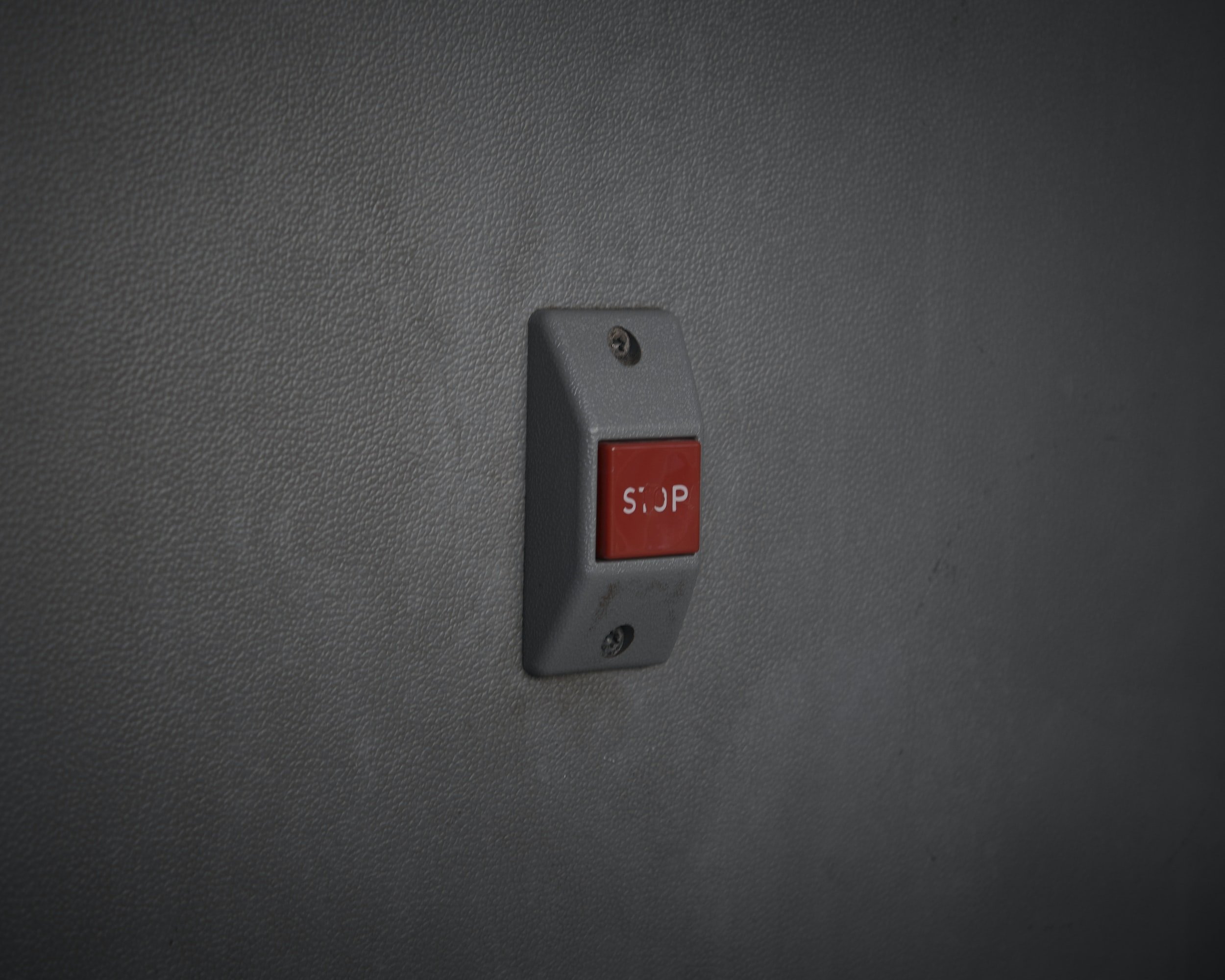Once upon a time there was a booming commercial city called Ephesus. Jobs were plentiful through a local silver mine which employed not only miners but also was the source for refiners and artisans. Tourists came from all parts of the world to see the city center where there was a massive structure. It was considered one of the seven wonders of the world - the temple of Artemis.
Like many tourist destinations, a number of cottage industries pop up around the temple. As one approached the temple, you would be invited to purchase little silver replicas of the goddess, Artemis. Perhaps as a souvenir, but probably more that it is understood that if you wanted to please the gods, you would buy a statue and make a donation.
Ephesus was a port city, the crown jewel of a temple, and a founding myth of their goddess. Being such a city with trade and commerce, Ephesus was very cosmopolitan and took a lot pride in their past as being the most important cities to ancient Greece - it was the center of the world for a long time.
But that was a long time ago.
In this city, there are a number of preachers peddling all sorts of religions and claims. And just outside of town was a tent maker named Paul who was talking about a man named Jesus. For two years Paul keeps talking about Jesus and has gathered quite a number of people following what is simply called “the Way”.
Followers of the Way were less interested in the temple center than they used to be. There was a decline in the number of statues sold and a loss of revenue. Fewer donations and sacrifices made at the temple. The Way followers rejected the silver statues and, to the shock of these silversmiths, the followers of the Way began to convince others to do the same.
24 There was a silversmith named Demetrius. He made silver models of Artemis’ temple, and his business generated a lot of profit for the craftspeople. 25 He called a meeting with these craftspeople and others working in related trades and said, “Friends, you know that we make an easy living from this business. 26 And you can see and hear that this Paul has convinced and misled a lot of people, not only in Ephesus but also throughout most of the province of Asia. He says that gods made by human hands aren’t really gods. 27 This poses a danger not only by discrediting our trade but also by completely dishonoring the great goddess Artemis. The whole province of Asia—indeed, the entire civilized world—worships her, but her splendor will soon be extinguished.” 28 Once they heard this, they were beside themselves with anger and began to shout, “Great is Artemis of the Ephesians!”
Demetrius and his guild had a number of grievances against Paul and the Way followers. Paul’s work was undermining their business model. He was a threat to their way of life. Paul was a foreigner and an outsider who was twisting the minds of the true Ephesians. He was a threat not just to their economics, but he was offending the Goddess they had all worked so hard to appease. Paul was a threat to the existence of the whole city, a threat they felt like they had to get it rid of.
But how? They called a meeting.
Well it was more like a mob whipped into a fervor as they showed their unwavering devotion to their Goddess:
29 The city was thrown into turmoil. They rushed as one into the theater. They seized Gaius and Aristarchus, Paul’s traveling companions from the province of Macedonia. 30 Paul wanted to appear before the assembly, but the disciples wouldn’t allow him. 31 Even some officials of the province of Asia, who were Paul’s friends, sent word to him, urging him not to risk going into the theater.
Over the two years Paul had collected many donations for his evangelical cause. He had the funds and revenue stream to make it in the city, even sending the surplus funds to others around the area. But one person’s charity is another person’s hand out. One person’s expression of generosity is another person’s enabling behavior. Paul’s companions urged him not to go to the mob because they may seek to recoup the money they feel Paul “took” from them and their businesses.
32 Meanwhile, the assembly was in a state of confusion. Some shouted one thing, others shouted something else, and most of the crowd didn’t know why they had gathered. 33 The Jews sent Alexander to the front, and some of the crowd directed their words toward him. He gestured that he wanted to offer a defense before the assembly, 34 but when they realized he was a Jew, they all shouted in unison, “Great is Artemis of the Ephesians!” This continued for about two hours.
This is the power of the mob, it blinds and binds.
The mob becomes blind to the ways their actions and thinking are harmful. They are blind to the limitations of their thinking. The mob is blind to the holes in their thoughts and perceptions. Mobs overlook the internal hypocrisy and contradictions, and ironically, are able to see the hypocrisy and contradictions in others.
Looking around these individuals sees there are others who have similar grievances and they grow closer together. The individuals move as one, speak as one. The individual gives way to the group and they are bound together. Once bound together critiques on the group are understood as personal attacks. When a dissenting voice attempts to speak, they are drown out. When someone tries to say something that is not the party line, slurs and insults ensue. The mob will not tolerate anyone speaking anything counterfactual. The mob is bound to one another and to their sense of the world.
The crowd distills contradiction to opposition.
The mob grows restless. Surely if something does not happen then they will make something happen. The group is hot, tired and fired up. Some have hot heads and red faces while trying to outshout the marginal voices around them. There grows within the crowd a sense that anyone could be a mole, an impostor, an unbeliever. A fear to say the wrong thing or to say the right thing in a way that moves through the crowd. In an effort to ensure keep the group pure, chants break out. The eyes fall upon those who do not say the words enthusiastically so the shouts become louder and louder as people proclaim their allegiance to Artemis - which makes followers of the Way very uneasy.
They remembered what happened not very long ago in the theater of Ephesus. The city was in the middle of a plague, many died. Some thought the problem was that there were too many people in the city that did not belong. Being a port city it was full of languages and colors. There were competing ideologies and theologies. Some of the leaders thought that the plague was the result of all these differences and that Artemis was getting angry at so many unfaithful citizens.
There was tension in the city and along came a pagan miracle worker named Apollonius. Apollonius gathered a mob into the theater and told them that the cure to the plague was for everyone to pick up a stone and kill a lonely blind beggar. And they did.
And so when the mob was once more in the theater, whipped into a frenzy because of another possible economic calamity, echoes of Apollonius’ cure were in their ears. In fact many had brought their own stones. Perhaps more tragically, followers of the Way had stones too.




